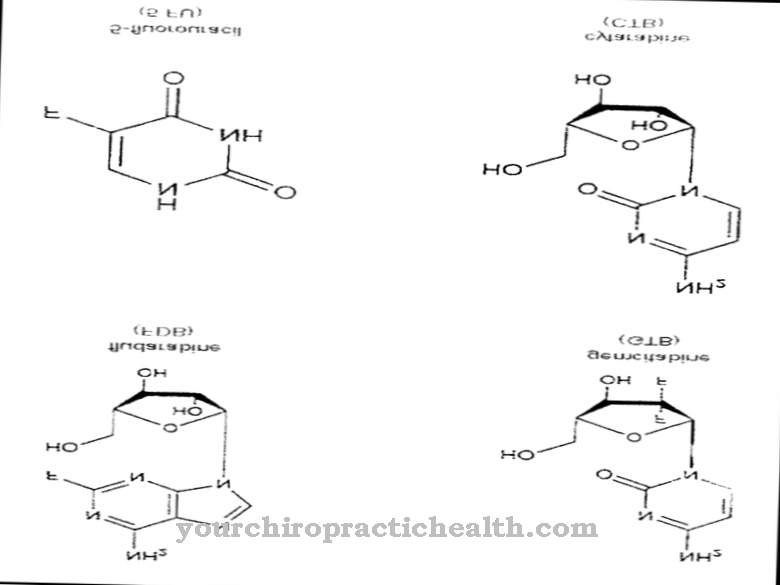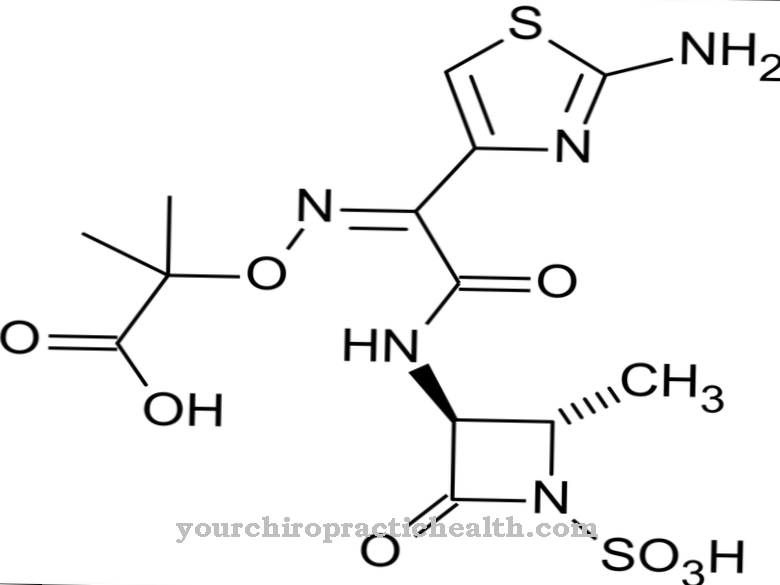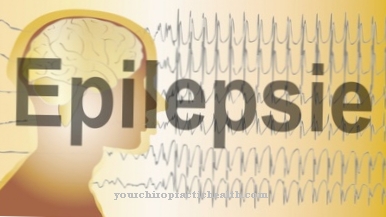Levodopa is a prescription drug used to treat central nervous system disorders. The effective ingredient is L-dopa, the preliminary stage of a messenger substance that can cross the blood-brain barrier and thus reach the site of the disease. Parkinson's disease is one of the most common clinical pictures for therapy with levodopa.
What is Levodopa?

Levodopa is also called L-dopa and is chemically an amino acid and a derivative of phenylalanine. The chemical name of the compound is L-3,4-dihydroxy-phenylalanine or 2-amino-3- (3,4-dihydroxyphenyl) propanoic acid.
The human body synthesizes L-dopa from the amino acid tyrosine. This is made from the essential amino acid phenylalanine, which is found in many foods. After hydroxylation of tyrosine, L-DOPA is formed. It represents the precursor for the synthesis of various substances that act as hormones and messenger substances in the body. These include dopamine, adrenaline, noradrenaline, and melanin.
L-Dopa is transported into the nerve cells and there the further reaction takes place, for example to dopamine. Dopamine is formed after the decarboxylation of L-dopa. This reaction takes place in the central nervous system (CNS), but also outside. For medication, the reaction should primarily take place in the CNS. This is why levodopa is mainly combined as a drug with another component: a dopamine decarboxylase inhibitor. The corresponding preparations are called, for example, Levodopa comp. or additionally indicate this carboxylase inhibitor in the name.
Pharmacological effect
The first attempts at treatment with L-Dopa were documented in 1961. The aim was to compensate for a lack of the neurotransmitter dopamine in the brain. The direct administration of dopamine has not been successful because dopamine does not get into the brain from the bloodstream. This means that while L-DOPA can pass the natural, selectively permeable barrier between the brain (central nervous system, CNS) and the bloodstream, it remains impermeable to dopamine. Levodopa as a precursor of dopamine penetrates the brain after crossing the blood-brain barrier and is converted into dopamine by splitting off carbon dioxide (decarboxylation).
L-dopa also reacts to form dopamine in the bloodstream. Further developments of the drug prevent this effect by combining L-Dopa with a dopamine decarboxylase inhibitor. Benserazide and carbidopa are such inhibitors that prevent the conversion of L-dopa to dopamine outside of the brain.
The therapeutic effect of levodopa is excellent within the first three to seven years. This is followed by side effects known as L-dopa late syndrome or L-dopa long-term syndrome. After an individually different period of time, a state is reached in which there are too few dopamine-producing cells and the storage of dopamine is insufficient. The effects of L-Dopa wear off after two hours. If it is not delivered later, there are gaps in effectiveness (end-of-dose effects).
Furthermore, the dopamine receptors react to the discontinuous supply of dopamine. On the one hand, an overreaction is reflected as involuntary movement (dyskinesia), on the other hand, there is a short-term reduced insensitivity with slowing down, stiffness or muscle cramps (motor fluctuation).
Medical application & use
The main indication for medication with levodopa is Parkinson's disease. This disease affects a special network of nerve cells known as the basal ganglia, which serves as the control center for movement processes. The presence of dopamine is required for the regulation of movement.
Two areas that are related to dopamine metabolism play a special role: the black substance (substantia nigra) and the so-called striped body (striatum). While the dopamine is formed in the former, the striped body absorbs dopamine and ensures that it is converted into certain signals and transmitted. Dopamine acts as a messenger substance (neurotransmitter). In Parkinson's disease, cells in the black matter die, so less dopamine is synthesized. Parkinson's disease is one of the most common diseases of the nervous system. The disease is more common with age.
Restless legs syndrome, known in German as restless legs syndrome, is also treated with levodopa in some cases. This neurological disease is characterized by sensory disturbances in the legs or feet, which are accompanied by involuntary movements. It is known that changes in dopamine metabolism play a significant role in this disorder. Levodopa relieves the symptoms.
Levodopa is also increasingly being used in the treatment of Huntington's disease. Huntington's disease is still an incurable hereditary disease. The patients show a disturbed emotional life and limited control of the muscles and facial expressions. In patients who develop muscle stiffness (rigidity), medication with levodopa can bring about an improvement.
You can find your medication here
➔ Medicines to calm down and strengthen nervesRisks & side effects
Excessive doses can cause movement disorders (dyskinesia) or psychological problems (insomnia, hallucinations). Possible side effects include vomiting, nausea, and cardiovascular disorders.
Patients with pheochromocytoma, severe hyperthyroidism, or narrow-angle glaucoma (glaucoma) must not take levodopa. There is also a particular risk in the case of cardiac arrhythmias, after a heart attack or gastrointestinal ulcers.
There are also numerous interactions with other drugs. Dopamine antagonists, substances that neutralize the acid in gastric juice (antacids) and iron preparations reduce the effects of levodopa, as do nerve-suppressing substances (neuroleptics), opioid pain relievers and active substances that lower blood pressure. On the other hand, certain MAO inhibitors (MAO-B inhibitors) increase the effect. If, on the other hand, MAO-A inhibitors are taken at the same time, this can lead to an enormous increase in blood pressure. When starting therapy with levodopa, the simultaneous use of other medications should always be carefully checked.



























